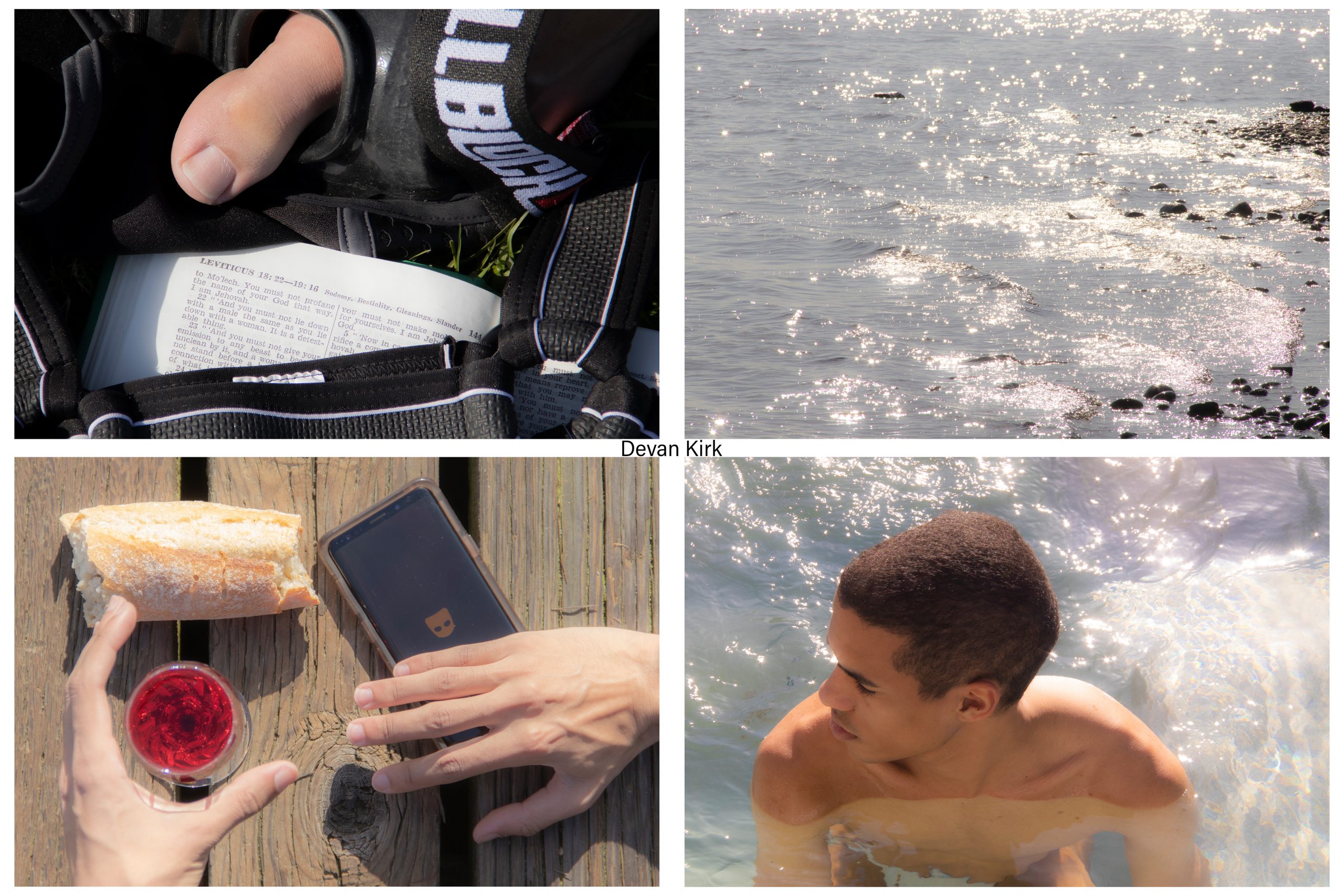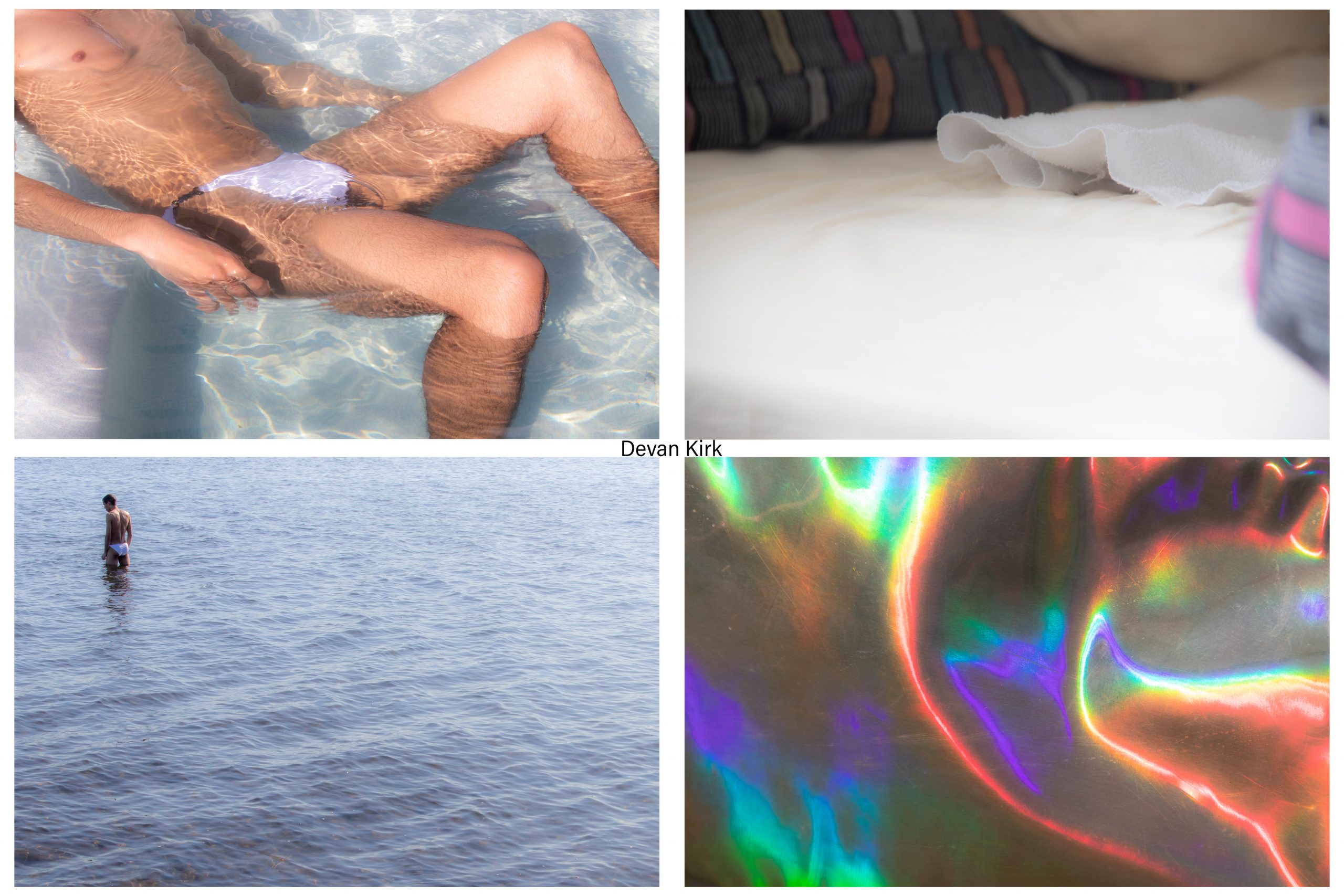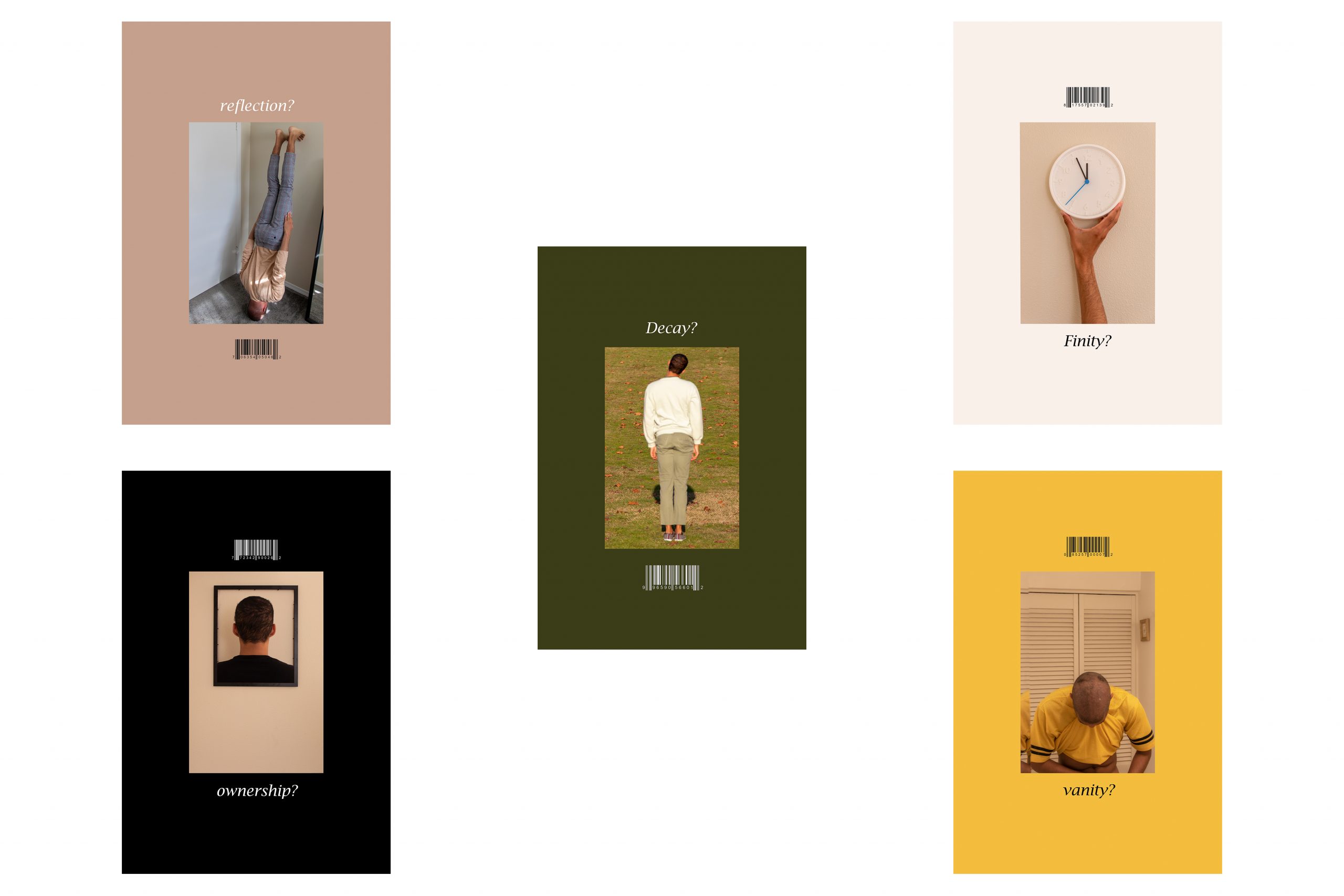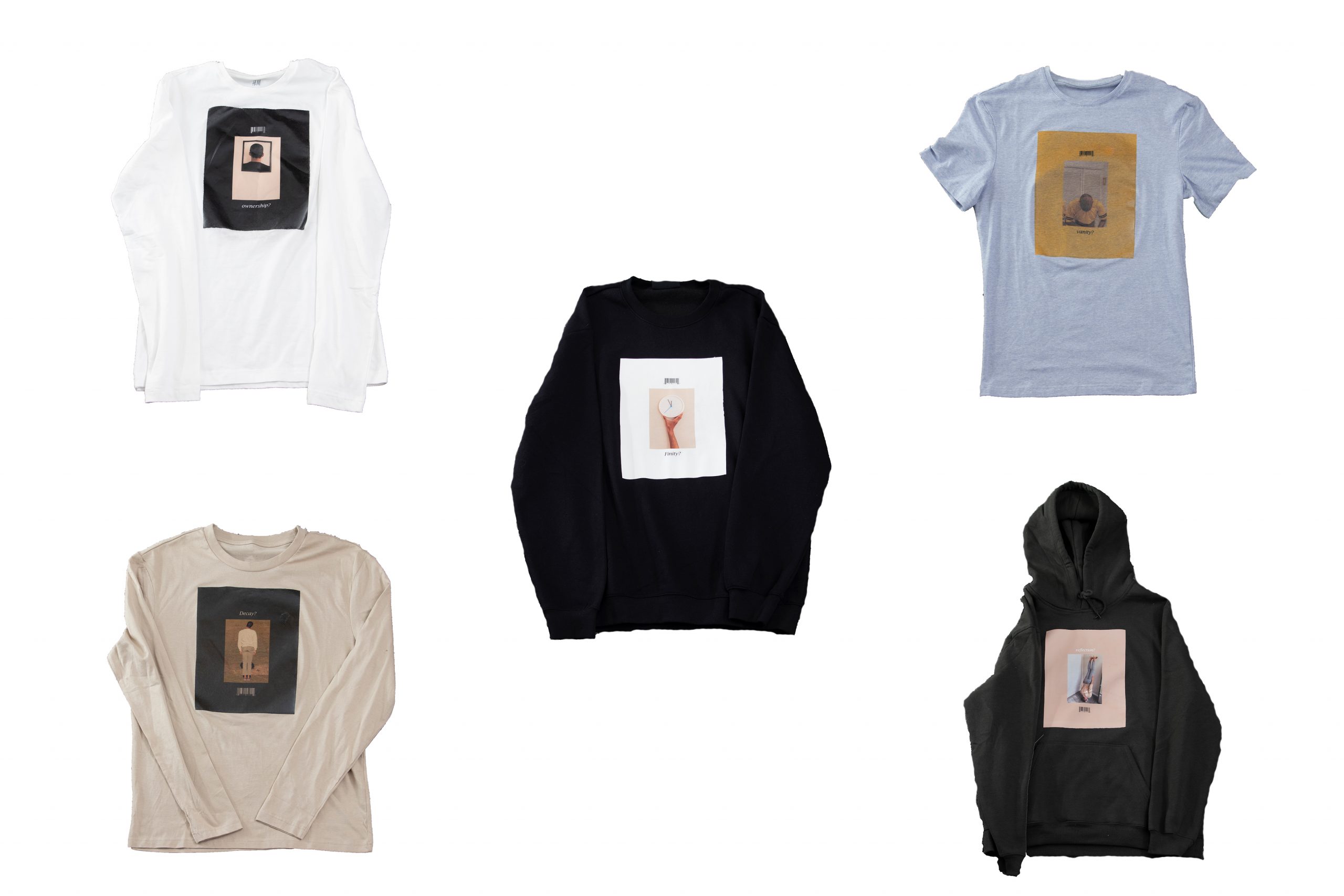devan kirk
fire trucks, the world, humanity, and culture. whats the link?
try reading this while this sounds plays.
I think there’s this level of consciousness that we fail to acknowledge! we frequently ask questions that we have been confronted with but the repetition of that question shows your acknowledgment of the fact that you cannot answer it. to be asked a question that you do not have the answer for and respond with “don’t ask me that question”, feigns ignorance to the world and your ability as an artist. it is nobler as an artist to answer an ethical and responsible question with the simple words of “I do not know” rather than “do not ask me that”. acknowledgment is one of the most important tools an artist can utilize.
when you are walking down the street and you hear sirens, how do you react? do you step into the street, or do you step out of the way? do you keep driving with the truck behind you or do you pull to the side? your decisions affect the lives of others around you, just as your work as an artist does. your reactions, your responses, weigh the lives that others live. grow as a person, acknowledge the world around you. notice the signs, it will make a difference.
if you fail to recognize the signals and sirens that are blaring in front of you, how can you create, react, and grow?

we as artists are constantly in a place of waiting. we wait to react, we wait to see what our humanity will give us to feel disgusted about, angry about, joyous about, sad about. we have to stay at this certain level of limbo that grows from discomfort into almost this apathetic-like serenity. we become accustomed to waiting. I think patience is our biggest tool. just as we cannot rush our practices, our art, our pieces, our children, we cannot rush our growth.
we as artists have a job to recognize and react to the world around us. we analyze culture, we analyze trends, we study science and sociality and create from it. without any of these things, we as artists wouldn’t be able to create. going back to the fire truck, as it blares past you, it creates sound. those soundwaves are part of our artistic process, but they are not the artistic process. the soundwaves’ density compresses as the siren moves towards a certain point. the sound of the siren is in a higher pitch. when the siren is next to that point, it’s at its normal soundwave density. the siren sounds at its normal pitch. afterward, as it moves away from that certain point, the soundwaves are further apart, creating a lower pitch in sound. if you as an artist are at this point, the art isn’t made in observing the change of the soundwaves, it’s not made in the act of seeing the truck pass by, and it’s not made anything else happening at that moment. the art is made when you step outside of your own position and observe who you are in that moment and what you did.
I think when I speak about art, the creative process in me is very fleeting. I take what culture gives me, and I react to it. writing about this process is hard! there isn’t a clear way for me to write about it because I’m always living in the present, I never take the chance to observe who I am in the past, and push my psyche to the future to write about the present tense. this is a first for me, so please, read with caution.
art for me, as I said, is observing the present and then observing where I am and who I am in that present moment, from the most objective view I can look at myself with. this takes a lot of research, this takes a lot of time. it’s a process in which I feel like I’m slowly understanding, but will never be able to master. I’ll use this year as an example. this year I was able to make two pieces that meant a lot to me. my first piece, god’s plan., was about the intersection between homosexuality, Black culture, and Christianity. the second piece that I plan on wrapping up by the start of 2021 is called Objectify yourself., which observes the role of the body in markets of commerce, and how the body is transactional in a capitalist system. both of these pieces are a commentary on social justice topics that are current and pressing in today’s society.
2020 has been a year straight out of hell. I’ll be honest, I’m surprised the world is still standing. the world crumbled at the hands of COVID-19. the United States saw protests arise in the middle of a pandemic, fighting for Black life. immigrants were being forcefully removed from their homes and in turn being thrown into cages at the southern borders of the United States. white supremacy is on the rise, and they use ideals like conservativism and Christianity to justify themselves. these topics are only the tip of the iceberg. the art that I create reacts to this world that many are forced to live in. I pull from the aspects of my own life to take into consideration the voice that I want to portray. I luckily have many aspects that I can pull from. being a Black, queer male who grew up in the greater Seattle area leaves me privileged compared to some of my counterparts, brethren, and acquaintances. with that being said, I also have had plenty of lenses to view the world. taking into consideration my identity, I create art.
aside from being an artist, I would consider myself an anthropologist. I study anthropology as well as studying art, and in my art, one can see the anthropology taking place. my art always focuses and centers around the human body, the human experience, and the culture that we as humans have created. In my first piece, gods plan., I use my own experience growing up around and inside Christianity as the point of analysis in the work.

I’ve split the project into eight separate photos each having a relationship with my own personal experience with Christ, homosexuality, and my Black identity. in Black culture, Christianity is something that is revered. it’s more common than not that a Black person in the United States has been forced to have a relationship with God. a lot of our own traditions in Black culture stems from slavery, and what we were forced to assimilate into. during the slave trade and the colonization of the African bodies on the way to the Americas, we were forced to digest and believe in Christianity. we were taught as a culture that God saves, and that he is the highest and greatest entity in our lives. we were taught that God is greater. in those same teachings, we were also taught that homosexuality is a sin. the interpretation handed down to us through the higher-ranked figures in Christianity told us that homosexuals are sodomizers, which is, those who have sex using an orifice other than the vagina.

when I have Black culture, which is rooted in Christianity against me, and then I also have this centuries-old institution against me, growing up gay isn’t easy. I’m forced to suppress parts of my identity. this is also contradictory, as part of being Black is learning to be proud of your skin and our history. see where this is heading? my life, my culture, my identity… it’s a clash between contradictory and juxtaposing ideas and identities. in god’s plan. I come to terms with these three parts of my identity. I create harmony between them, only a harmony that I’ll be able to fully understand. a lot of us deal with the idea that we are on our own path to creating our own identity. we all have our own relationships with entities in the universe, and these are three of my own identities coming together as one.
this piece is similar but at the same time wildly different from Objectify yourself.. this piece speaks about what it means to be a body, and what it means to be part of a system. my main critique in this piece was about the commodification, objectification, and dehumanization of the body and the stripping of our basic human freedoms. what does it mean to be a person vs. a body? what are you if you’re stripped of your freedom, physicality, place, time, and image? what are you without these things? this project if anything, was more of a question to the world, and a series of questions that I ask myself daily, if not multiple times a day. this again pulls from the black experience. this is generational trauma for Black people. we were stripped of our identities, and our bodies were exploited for labor for centuries. this explores those feelings.

in the project, you work your way through a website in which you are shopping for shirts. the decals above are printed on shirts. I used shirts because they’re everyday items in which almost every person on the planet owns. we all own some sort of clothing to protect us from outside factors and elements. we can wear these freedoms on us as Americans every day, while others don’t have those same freedoms. a lot of our ancestors did not have those same freedoms, and it’s easy to forget that. they were stripped of the place they lived, they were forcibly moved halfway around the world to do forced labor. they were not treated as human, they were treated as property and commerce. in the cracks of COVID-19, it’s become apparent how broken the American system is. some people are getting underpaid, those who can’t afford their health and medical bills, those who can’t afford a place to live. this is difficult for me to see, as a lot of these people are in the same demographics as me. a lot of these people are Black or queer. a lot of them are Black AND queer. Our bodies have always been seen as disposable in the capitalist system, and it’s time to break that cycle and create a future where everyone can thrive.

as you can see in both of my works I explore humanity and I explore culture. the main questions I ask myself are, “what does it mean to be human?” and “how do we represent our humanity?”. I think culture and humanity are represented in so many ways and I want to be able to explore that. we are able to represent ourselves through our bodies, through art, through language, through artificial systems and social constructs. we are able to represent who we are through movement, and that is fascinating to me. I’ve always been someone who has admired the sociality of humanity. for me to exist inside of that sociality, and for me to observe others is such a privilege for me. I’m able to admire and explore the art of being human. I’m beyond lucky to be able to witness and record that sociality.
art is an essential outlet for me. I’m able to explore these facets of my history in a way that other fields would not allow me to. I’m able to do research and compile my findings into a visual or audio response aside from academic writing. without this outlet, whether that is anthropological or artistic, I would find the world a very mundane place. I recognize the privilege that I have to be able to exist in the art world. the art world has done a great job at colonizing and commodifying itself, but as someone who studies art and anthropology, I want to change these systems. I feel like art and anthropology are the roots in which these systems can start to fall, so we can build anew.
as you finish reading this, I want to leave you with a few questions. what does your version of humanity look like? what have you done to impact the world, and what have those in your world done to impact you? do you let those people and events influence how you define yourself? what defines you? where do you fit in the cogs of the machines we all live in? are you turning your own gears or are you letting others turn your gears for you? you are your own individual. you matter, your voice matters. you have your own dirty, gritty, ugly story. or maybe it’s beautiful and dainty. I don’t know. but you do. explore that, and explore others’ stories. create, and feel. the world is a big place that can make you feel small. don’t let the world make you feel small. you’re just as big as anyone else on this damned planet. good luck!
it’s lucky for me to have the chance to study art at an institution and get a degree in this field. I’m a black, queer male studying at the University of Washington, and as an artist, I always want to be aware of the people around me. I recognize that I am on Duwamish, Snoqualmie, and Snohomish land. I pay respect to the people who came before me and were here before me.
Media Attributions
- Gods Plan © Devan Kirk is licensed under a CC BY-NC-ND (Attribution NonCommercial NoDerivatives) license
- Gods Plan © Devan Kirk is licensed under a CC BY-NC-ND (Attribution NonCommercial NoDerivatives) license
- Objectify yourself. © Devan Kirk is licensed under a CC BY-NC-ND (Attribution NonCommercial NoDerivatives) license
- Objectify yourself. © Devan Kirk is licensed under a CC BY-NC-ND (Attribution NonCommercial NoDerivatives) license

